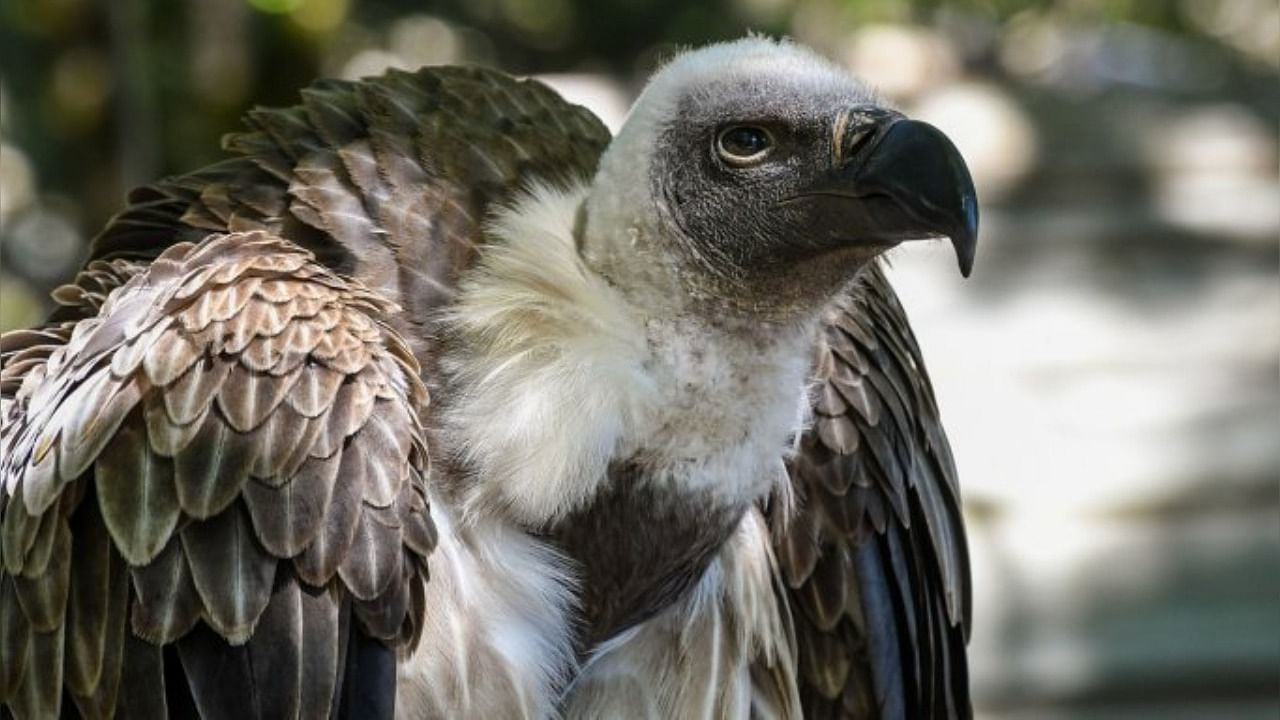
March 3 is celebrated as World Wildlife Day. It marks the day of the signing of the Convention on International Trade in Endangered Species of Wild Fauna and Flora (CITES) in 1973. The theme for 2022 is “Recovering key species for ecosystem restoration”. The International Union for Conservation of Nature (IUCN) has estimated that over 8,400 species of wild fauna and flora are ‘critically endangered’, which means that there is enough scientific information to demonstrate that a species is facing an extremely high risk of extinction in the wild. Likewise, more than 30,000 species are categorised as ‘endangered’ or ‘vulnerable’, two categories that act as beacons that these lifeforms will be lost if suitable action is not taken in time.
This downfall has been due to the loss of habitat and the direct extermination of species for trade and other reasons. The Great Indian Bustard, once proposed to be the national bird of India, is synonymous with how we are on the verge of losing a species that specialises in surviving in grasslands. We continue to fail our wildlife that are fussy about where they live. In conservation vocabulary, they are called habitat specialists.
A key aspect of wildlife species conservation is the protection of their natural habitats. Once the home where wildlife can survive and reproduce is lost, saving species becomes a humongous task. Restoring habitats over large areas is colossally expensive and almost impossible, especially for species that need big spaces. It could be the cheetah, tiger, elephant, rhino, lion-tailed macaque, whales or sea turtles, the picture for some species remains the same -- they need vast contiguous spaces.
India is now at a critical juncture when the priority is to achieve ever-higher levels of economic growth. To achieve this economic aspiration, we have ignored that saving natural habitats is mandatory, rather than a luxury. Words like ‘sustainable development’, ‘sustainable use’ have ended up being mere buzzwords. Laws that were cornerstones of conservation have been weakened under the pretext that they need to be ‘development-friendly’. Perpetrators responsible for the loss of wildlife habitats are rarely brought to justice.
Worldwide, another aspect that leads to the extinction of species is the direct extermination of species for trade or consumption. With the increasing human population and growing affluence, the demand for body parts or meat of certain wildlife species is on the rise. This must be curtailed through a combination of law enforcement and education.
As technology changes and products become cheaper, new threats emerge. A new report by the UN’s Convention on the Conservation of Migratory Species of Wild Animals (CMS) has highlighted that India’s Ganges River Dolphin and the Gharial (a crocodile species) are adversely impacted by plastic pollution. Both species are at high risk of entanglement in fishing lines and gillnets. The critically endangered Gharial, which numbers only about 650, is also at risk of ingestion of microplastic.
Loss of species or their habitats directly impacts humans as many people rely on biodiversity-based resources for livelihood, food, medicine, growing crops, and many other daily needs. It also leads to disasters such as floods and water scarcity, landslides, extreme weather conditions, pollution, and others, some of which are irreversible.
But there are glimmers of hope. One of the recent success stories is that of vultures. They were reduced to extremely low numbers in India and elsewhere due to certain veterinary drugs administered to livestock. Nowadays, near the Moyar gorge on the border of Karnataka and Tamil Nadu and in Bandipur Tiger Reserve, I often observe a kettle of vultures circling overhead or gliding thermals searching for food.
They are also often found in good numbers around wildlife carcasses. Both depict that the numbers are slowly inching back. However, what we still miss seeing is the scene of vultures at livestock carcasses in rural parts of the country. Possibly, there is a big change in the way livestock carcasses are disposed of. If we take a leaf out of such victories and work towards reversing the extinction risk, it will be the greatest gift to wildlife and, in turn, to humanity.
Though World Wildlife Day is a symbolic event, the conservation of species needs attention and action on a daily basis. Though the threats that burden wildlife are complex, collective efforts by government, communities, conservationists, social leaders, media, scientists, and anyone who can make a difference, is the need of the hour. Though there is an increased interest in wildlife tourism, photography and other such activities, support and involvement in issues that threaten wildlife is diminishing. Collaborating with governments can reap rich benefits to conservation. Unfortunately, these days, collaborations from interested groups seem to be notional, such as producing films, designing logos, or activities that contribute very little to actually saving species.
(The writer is a conservationist and the author of Leopard Diaries: The Rosette in India)